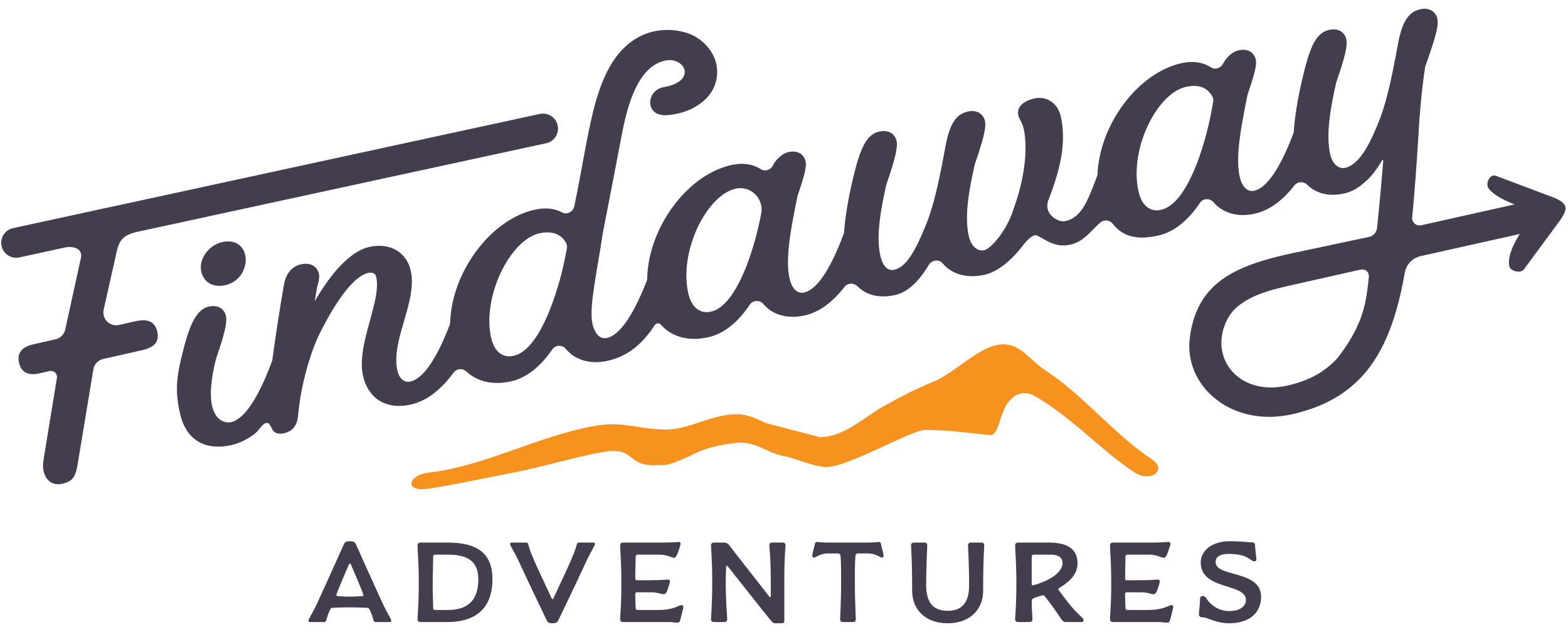The Findaway Growth Model - A Thesis
Most entrepreneurs fail due to a lack of focus. A focus on revenue at key levels of the corporate growth cycle can make sure you avoid the negative fate of so many CPG startups.
A business is like a human being: it grows through various stages, from infancy to maturity. As with people, businesses change as they get older. For a company, this means they not only need more people to operate but different kinds of people. It means they need to adjust their core values to reflect the change and put in place new KPIs to evaluate progress. For an in-depth look at this process, check out the Adizes Organizational Lifecycle.
In this short video, I want to focus on a theory we here at Findaway Adventures have about the way entrepreneurs can think about success through the lens of one KPI in particular: monthly sales.
We call our theory the Findaway Growth Model, and it argues that a successful entrepreneur needs to focus like a laser on getting to a certain monthly sales level, at which point he or she must be prepared to make the necessary changes to move the company to the next growth phase. Each new phase requires adjustments in how the company is run.
In a nutshell:
The first point you want to reach is $300,000 a month in sales. At his level, you're basically coming up through infancy and jumping into a busy childhood. Your capital probably came from friends and family (and potentially a great angel investor like Findaway), but now that you're at a $3.6 million run rate and can make the case that you're a $5 million business, you are ready to start building on your angel partnerships or raising venture capital. Your goal is to use this funding to get to the next level by investing in people, infrastructure, distribution, and so on. The key here is that you only raise the minimum amount absolutely needed to get to the next level.
The next level comes when you hit $1 million a month, at which point you're at a $12 million run rate. Now you're starting to get valuations in the $20 – $50 million range, depending on your business and how successful you are, and can begin to talk to private equity firms or large “strategic” companies desiring your market niche and innovation and willing to take on greater risk.
Often, this is the point where somebody like me (in my former life) was brought on board to get the company to the next level, which is $4-5 million a month. The growth from $1 million to $4 million a month represents adolescence, the culmination of which should be that you think about selling the company unless you envision yourself working for a very large, global, CPG company.
These are just rough numbers, but if our theory makes sense, there are several questions entrepreneurs should ask themselves to keep themselves on the most direct pathway to each succeeding level:
What is the simplest path to each sales goal?
What is the tightest consumer target I can create? Can I go from $0 to $300,000/month with a primary customer or do I need a secondary?
What is the lowest number of products I can sell? If I can go from $300,000 to $1 million/month with three products, why would you spend the money to launch more?
What are the fewest number of channels I can enter? If I can get to $300,000/month by just focusing on direct to consumer and Amazon, why would I want to spend the resources to enter another channel that comes with a whole new set of constraints and definitions?
A note on channels… As soon as you start branching out into different channels, you begin to complicate matters. You need a new level of expertise, new partnerships, and a new financial model to represent how those channels work. Target, Kroger, and Walgreens operate completely differently than D2C and Amazon. So, if you can get to $300,000 or $1 million a month using direct and Amazon for example, why would you complicate things?
The whole point of this growth model is to develop a mindset that favors simplicity over-complication. Please check out the video above to really get the gist of this as it is core to our model.
Reach out to us here if you buy into our model, meet our criteria, and would like to talk further. We are here to support change-the-world entrepreneurs and would love to meet you!
Sincerely,
Robert U. Craven, Findaway Adventures Managing Partner
PS: Here’s another article I wrote to help you focus - which is so key to your success!

